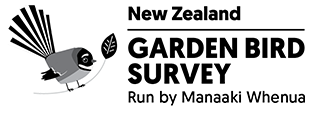It doesn’t matter if you can’t identify all the birds you see. However, make a note of their appearance and behaviour and try to identify them from books or the web.
Most people will probably know the very common birds like blackbirds, song thrushes, and house sparrows. A few minutes spent looking through a bird book or bird website will help you identify more species, such as chaffinch, goldfinch, and greenfinch. Why not start with the identification page right here on the NZ Garden Bird Survey website?
If after trying you still can’t identify the species, that's OK. You should describe the bird on the recording form and we might be able to identify it for you. Otherwise we will code it as unknown.






